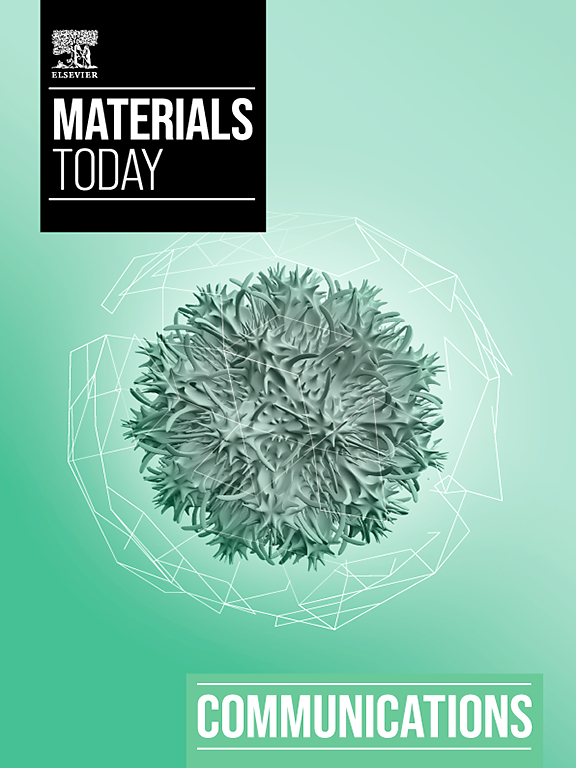原子尺度上钛-V 合金相稳定性的神经网络原子间势驱动分析
IF 4.5
3区 材料科学
Q2 MATERIALS SCIENCE, MULTIDISCIPLINARY
引用次数: 0
摘要
钛钒(Ti-V)合金中相的演变对其机械性能至关重要,尤其是在航空航天和生物医学应用中。这项研究采用了快速人工神经网络(RANN)潜能来模拟原子水平的相变,与无法准确捕捉相变的修正嵌入原子法(MEAM)不同,RANN 模拟与实验观测结果具有高度一致性。RANN 模拟复制了界面沉淀成核和准确晶格取向等关键现象,增强了我们对相稳定性和转化动力学的理解。研究结果证实,RANN 电位可显著提高复杂材料行为的预测准确性,为设计具有定制特性(如各种堆积断层能量下的溶质效应)的先进材料提供了有力工具。这种方法不仅缩小了理论预测与经验数据之间的差距,还为材料科学的未来研究确定了新的方向,强调将机器学习技术整合到新型合金的开发和优化中。本文章由计算机程序翻译,如有差异,请以英文原文为准。
Neural network interatomic potential-driven analysis of phase stability in Ti–V alloys at the atomistic scale
The evolution of the phase in titanium–vanadium (Ti–V) alloys is critical for their mechanical properties, particularly in aerospace and biomedical applications. This study employs a Rapid Artificial Neural Network (RANN) potential to model the phase evolution at the atomistic level, demonstrating a high degree of consistency with experimental observations, unlike the Modified Embedded Atom Method (MEAM), which fails to capture this phase transformation accurately. RANN simulations replicate key phenomena such as the nucleation of precipitates at interfaces and accurate lattice orientations, enhancing our understanding of phase stability and transformation kinetics. The findings affirm that RANN potentials can significantly improve the prediction accuracy of complex material behaviors, offering a powerful tool for designing advanced materials with tailored properties such as solute effect in various stacking fault energies. This approach not only bridges the gap between theoretical predictions and empirical data but also sets a new direction for future research in materials science, emphasizing the integration of machine learning techniques in the development and optimization of new alloys.
求助全文
通过发布文献求助,成功后即可免费获取论文全文。
去求助
来源期刊

Materials Today Communications
Materials Science-General Materials Science
CiteScore
5.20
自引率
5.30%
发文量
1783
审稿时长
51 days
期刊介绍:
Materials Today Communications is a primary research journal covering all areas of materials science. The journal offers the materials community an innovative, efficient and flexible route for the publication of original research which has not found the right home on first submission.
 求助内容:
求助内容: 应助结果提醒方式:
应助结果提醒方式:


